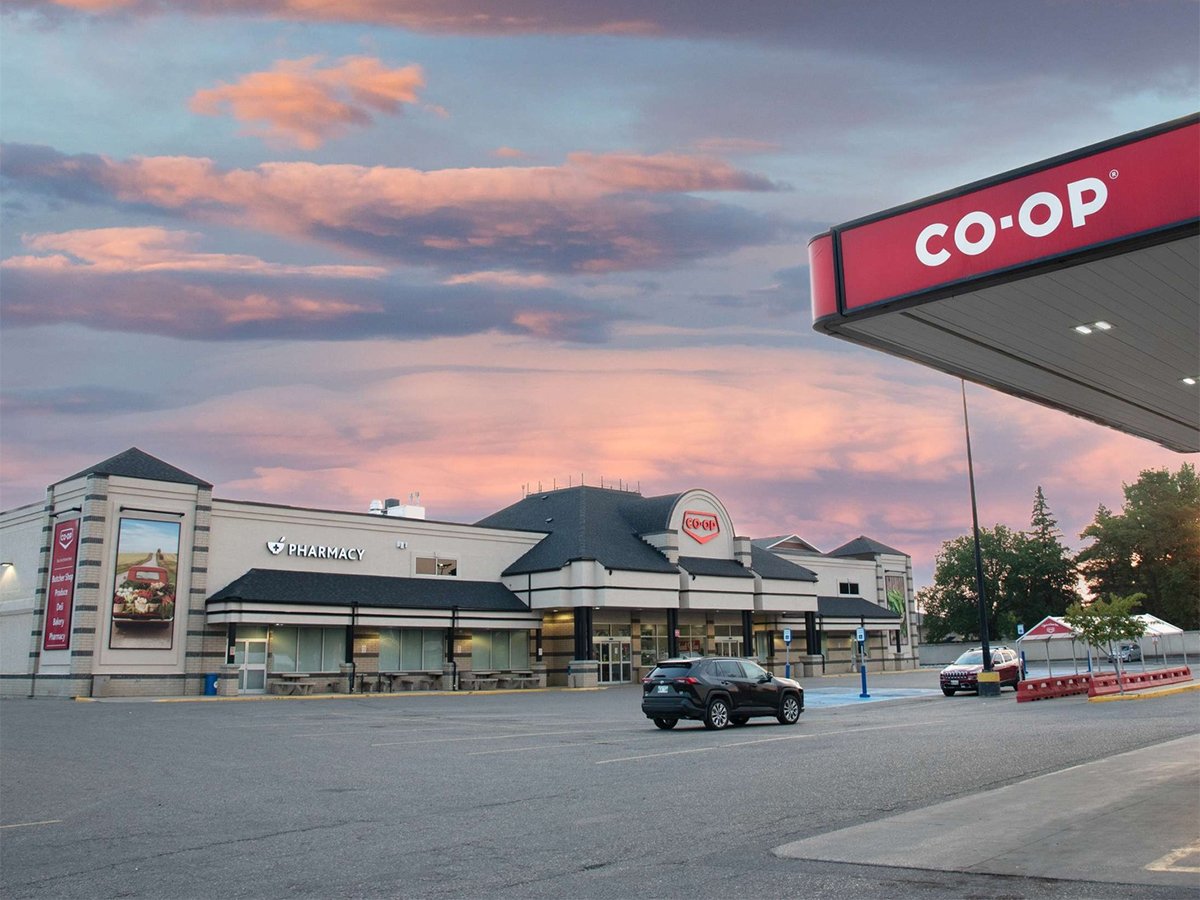I thought Peter Hall, the chief economist of Export Development Canada, put it nicely when he summed up for me in an interview last week the very odd and unsettling point we’re at right now, with recession just behind us, weak economic performance in front of us, a lot of problems just down the road, and a lot of hopes on the horizon.
“It’s in a yo-yo zone . . . We’re still in-between the end of recession and the beginning of a true recovery.”
Ain’t that the truth? Is this an economically good time, or an economically bad time? That’s really hard to say. Here in Manitoba it seems like good times, outside the flooded and saturated cropland and near waterways and lakes. The economy’s fine. Saskatchewan and Alberta are doing well. Ontario less so, but it’s not in freefall. The U.S. is anemic, Europe stumbling, China slowing, but no one’s fallen over yet.
Read Also

Farmer ownership cannot be seen as a guarantee for success
It’s a powerful movement when people band together to form co-ops and credit unions, but member ownership is no guarantee of success.
That makes it hard to interpret commodity statistics, as my interview with Hall and a following interview with David Hightower of The Hightower Report made clear. They see a lot of stuff in completely opposing ways.
For instance, Hall thinks crude oil prices are way overvalued and points to Brent crude oil prices for proof of that. Those prices, set on a European delivery point, are skewed because of the Libyan mess, which has suddenly stripped Europe of a steady source of oil and that’s thrown out the local European prices. They are now $15 to $20 divorced from WTI prices, and temporarily inflated.
“I don’t get why prices would be that high in a high-inventory environment. We’ve been swimming in excess supplies of oil,” said Hall.
But Hightower looks at the spread between WTI and Brent and sees the opposite.
“I think (WTI) is a deflated, cheap level, because Brent crude is trading $21 over West Texas crude. The world wants crude and they’re willing to pay for it. The world can’t get enough high-quality crude to make gasoline products out of.”
That Brent-WTI debate has been going on for quite a while now, but what I think is most interesting here is the demonstration of just how hard it is to read the stats. What do we interpret-into the stats? What assumptions? It’s always easy after things move decisively one way or the other to look back and find a reason to attribute the change to, but often we’re caught in the present, looking forward through a bunch of contemporary stats and having to assumption-load them with assumptions about demand, inventory, price, consumption, etc.
That’s what makes the gulf between Hall’s and Hightower’s views so interesting: they’re both well-grounded in the present situation, but in the end everyone is left with a pile of stats and has to offer well-informed educated guesses. That doesn’t make it easy to make assumptions about future prices of commodities, including ag commodities like crops and meat.
Hall thinks virtually all commodities are overpriced and set for a slump: “We’re not running out of the stuff. We do have inventories of this, and we think markets have gotten irrationally exuberant about this and we are in for a correction.”
Hightower thinks commodities are actually quite cheap right now: “Long term, I think you have to be a buyer in the midst of this summer break in commodities,” said Hightower.
There you have it: two excellent analysts with the same data and great experience seeing things in diametrically opposed ways. That tells me that Hall is onto something when he talks about the “yo-yo” situation of the present world economy and markets: we’re between two periods right now, and it’s hard to put the present present in any sort of perspective when it’s so unclear where we’re going.















